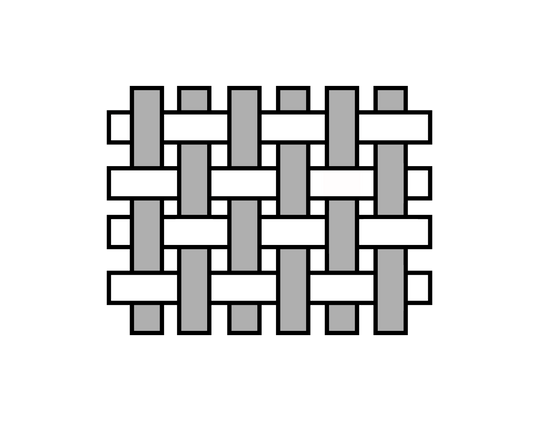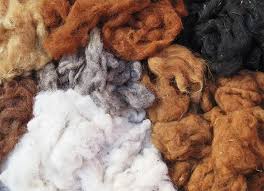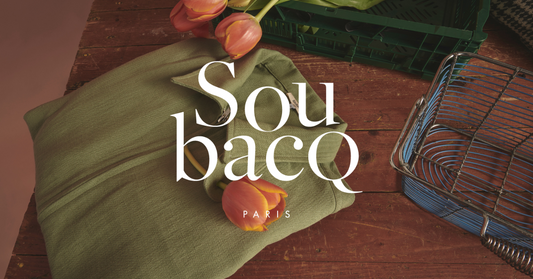The twill weave creates distinctive diagonal lines with a distinct front and back.
History of Twill Weaving

Twill weaving is recognizable by its diagonal lines created by passing the weft yarn under one or more warp yarns, shifting with each pass. This pattern creates a fabric with a clearly defined right side and wrong side, ideal for effects like herringbone or houndstooth. More robust than plain weaves, twill fabrics include iconic textiles like denim (for jeans), drill (similar to denim but with the same color yarns), gabardine, and tweed.
The Properties of Twill Weave

- Diagonal Lines: Twill weaving creates distinctive diagonal patterns that add texture and style to textiles.
- Durability: Twill fabrics are known for their durability and strength, ideal for work and leisure wear.
- Variety of Patterns: Depending on the number of overlapped warp threads, different visual effects such as herringbone or houndstooth can be achieved.
Why Choose Twill Weave?

Choosing twill weave means choosing a sturdy and stylish fabric. The distinctive diagonal lines offer a unique and attractive texture, while the fabric's strength ensures superior longevity. Whether for everyday wear like jeans, or more elegant pieces like tweed jackets or gabardine trousers, twill weave is a versatile and durable choice.







